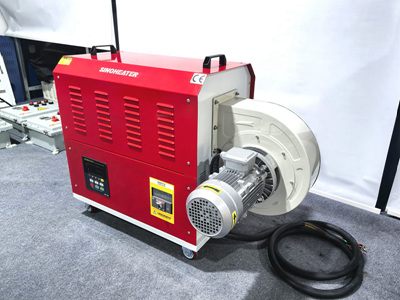Balancing Portability and Functionality in Home Heaters: A Comprehensive Guide
When selecting a portable home heater, striking the right balance between portability and functionality is key to ensuring comfort and practicality. Modern heaters offer a range of features, but prioritizing one aspect over the other can lead to compromises. Below, we explore how to evaluate these factors effectively.
Understanding Portability Needs
Lightweight Design and Ergonomic Features
A heater’s weight and shape directly impact its ease of use. Compact models with ergonomic handles or built-in grips are ideal for moving between rooms or storing when not in use. Consider the heater’s dimensions—a slim profile ensures it fits in tight spaces, such as under desks or in closets.
Power Source Flexibility
Portability often hinges on how the heater is powered. Battery-operated models offer freedom from cords but may sacrifice heating power. Conversely, corded electric heaters provide consistent performance but limit mobility. Hybrid options that support both battery and plug-in use can bridge this gap for versatile applications.
Durability for On-the-Go Use
If the heater will be transported frequently, robust construction is essential. Look for materials like reinforced plastic or metal grilles that withstand accidental drops or bumps. Additionally, water-resistant or dustproof ratings enhance longevity, especially in environments like garages or outdoor workshops.
Evaluating Core Heating Functions
Heating Capacity and Room Size Compatibility
The heater’s ability to warm a space efficiently depends on its wattage and airflow design. Higher wattage models generate more heat but may consume more energy. For small rooms, a low-wattage heater with focused airflow can prevent overheating, while larger areas require devices with oscillating fans or adjustable thermostats to distribute warmth evenly.
Energy Efficiency and Cost Savings
Functionality extends beyond raw power—energy-saving modes, programmable timers, and automatic shut-off features reduce electricity usage without compromising comfort. Models with ceramic or infrared heating elements often heat up faster and retain warmth longer, minimizing the need for continuous operation.
Safety Mechanisms for Peace of Mind
Advanced safety features are non-negotiable, especially in households with children or pets. Overheat protection, tip-over switches, and cool-touch exteriors prevent accidents. Some heaters also include child locks or remote controls for added convenience, allowing users to adjust settings from a distance.
Striking the Right Balance
Assessing Daily Usage Patterns
Start by identifying how and where the heater will be used. For frequent travel between rooms, prioritize lightweight designs with quick heating capabilities. If the device will remain stationary in a high-traffic area, focus on durability and energy efficiency instead.
Customizable Settings for Versatility
Many heaters now offer multiple heat levels, fan speeds, and oscillation angles. These settings allow users to adapt the device to changing needs—such as switching from targeted warmth during work hours to ambient heating for relaxation. Adjustable louvers or swivel bases further enhance directional control.
Noise Level Considerations
Functionality isn’t limited to heat output; operational noise matters too. Quiet fans or silent infrared technology are ideal for bedrooms or offices, where disruptions can affect productivity or sleep. Check decibel ratings or user reviews to gauge real-world performance.
By weighing these factors, homeowners can select a heater that meets their mobility requirements without sacrificing essential heating features. Whether prioritizing compactness for small apartments or robust functionality for open-plan spaces, thoughtful evaluation ensures optimal comfort year-round.




